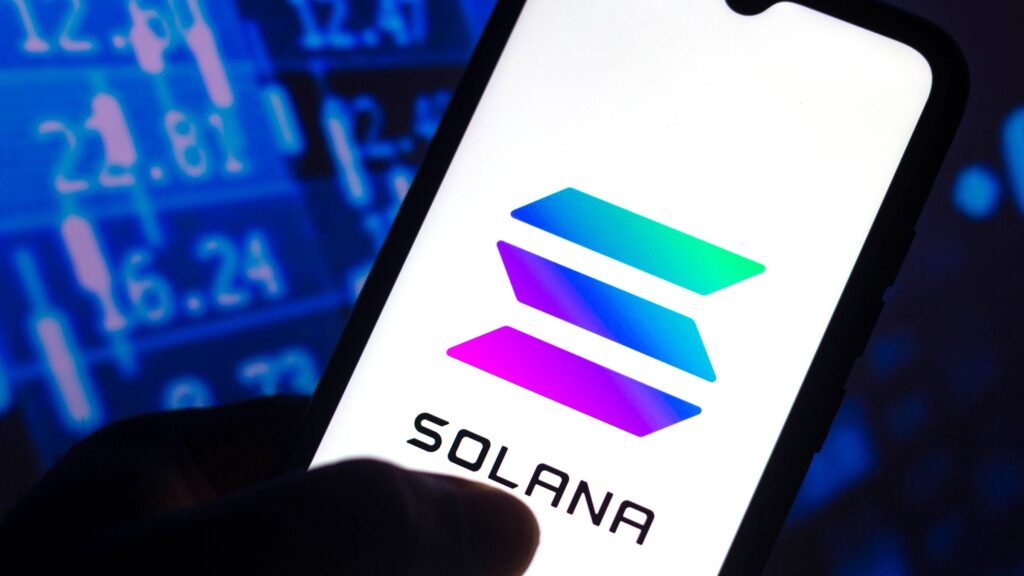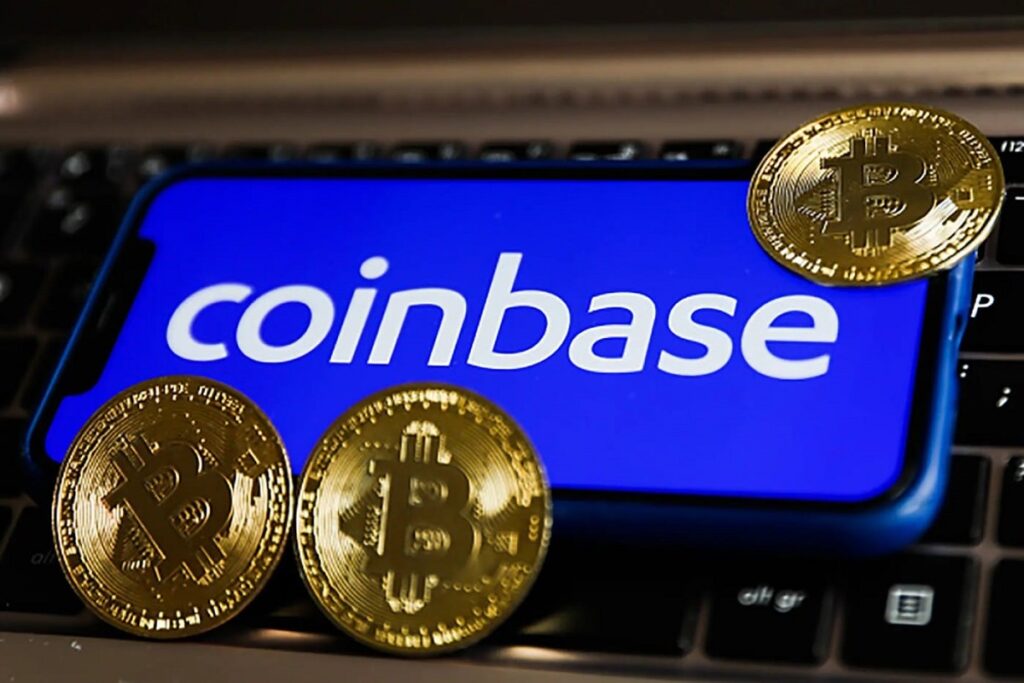
The cryptocurrency market is feeling buoyant today, with two major players – Optimism’s OP token and Solana (SOL) – leading the charge. This surge in optimism (pun intended) is fueling overall market sentiment, sending a wave of green across the crypto landscape.
Optimism Takes Flight:
OP, the native token of the Optimism layer 2 scaling solution for Ethereum, has skyrocketed over 50% in the past 24 hours. This meteoric rise comes on the heels of several positive developments, including:
- Growing adoption: Optimism is witnessing a surge in usage, with total value locked (TVL) on the platform surpassing $800 million. This indicates that more users and projects are choosing Optimism for its faster and cheaper transactions compared to the main Ethereum blockchain.
- Integration with dApps: Several prominent decentralized applications (dApps) have recently announced integration with Optimism, including Synthetix and Uniswap. This broader ecosystem support further bolsters OP’s value proposition.
- Governance proposals: The Optimism community is currently voting on several key governance proposals, including the potential distribution of additional OP tokens to early users. This active community engagement fosters confidence and incentivizes long-term participation.
Solana Surfs the Hype:
While Bitcoin may be basking in the spotlight of its 18-month high, Solana (SOL) is quietly stealing the show with its own impressive performance. SOL has climbed over 20% in the past 24 hours, reaching a new high for 2023 above $100. This surge can be attributed to several factors:
- Meme coin mania: Solana has become a haven for meme coins like Bonk and SAMO, which have exploded in popularity recently. This influx of activity has driven up transaction volume and fees on the Solana network, benefiting SOL holders.
- Ecosystem growth: The Solana ecosystem continues to expand, with new dApps and projects launching on the platform regularly. This diversification strengthens Solana’s long-term potential and attracts new users and investors.
- Technological advancements: The Solana team is constantly innovating and improving the network’s scalability and performance. Recent upgrades like Zetachain and Optimism on Solana further enhance the platform’s capabilities.
Contagious Optimism:
The strong performance of OP and SOL is spilling over to other parts of the crypto market, with major coins like Bitcoin and Ethereum also experiencing green shoots. This overall positive sentiment is encouraging investors and fueling further buying activity.
However, analysts caution that market conditions remain volatile, and the recent rallies may not be sustainable in the long run. Regulatory concerns and potential economic headwinds could still pose challenges for the crypto market in the coming months.
Looking Ahead:
Despite the uncertainties, the current momentum in the crypto market is undeniable. Optimism’s OP and Solana’s SOL are shining examples of how layer 2 scaling solutions and smart contract platforms can drive innovation and attract new users. As the broader ecosystem continues to evolve and mature, the future of crypto appears increasingly bright.




